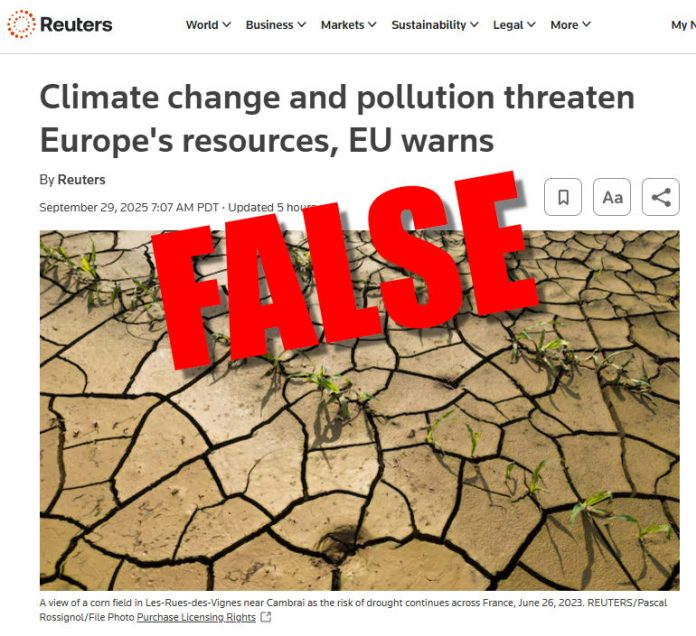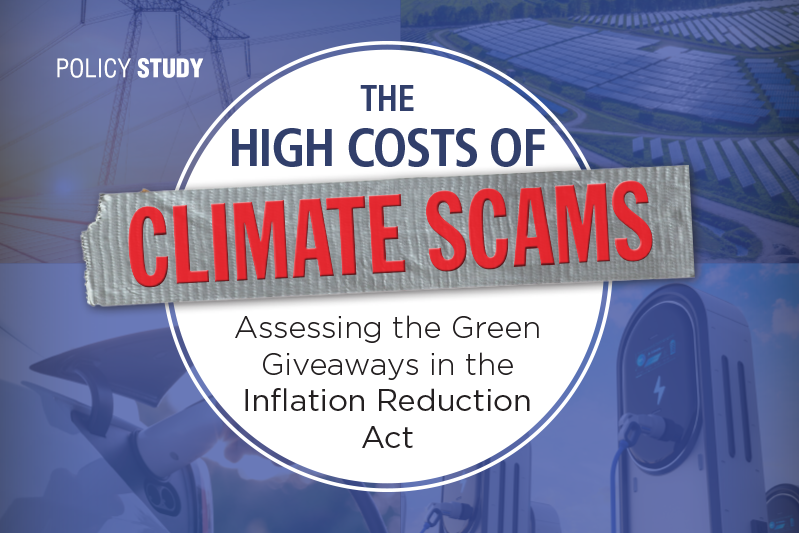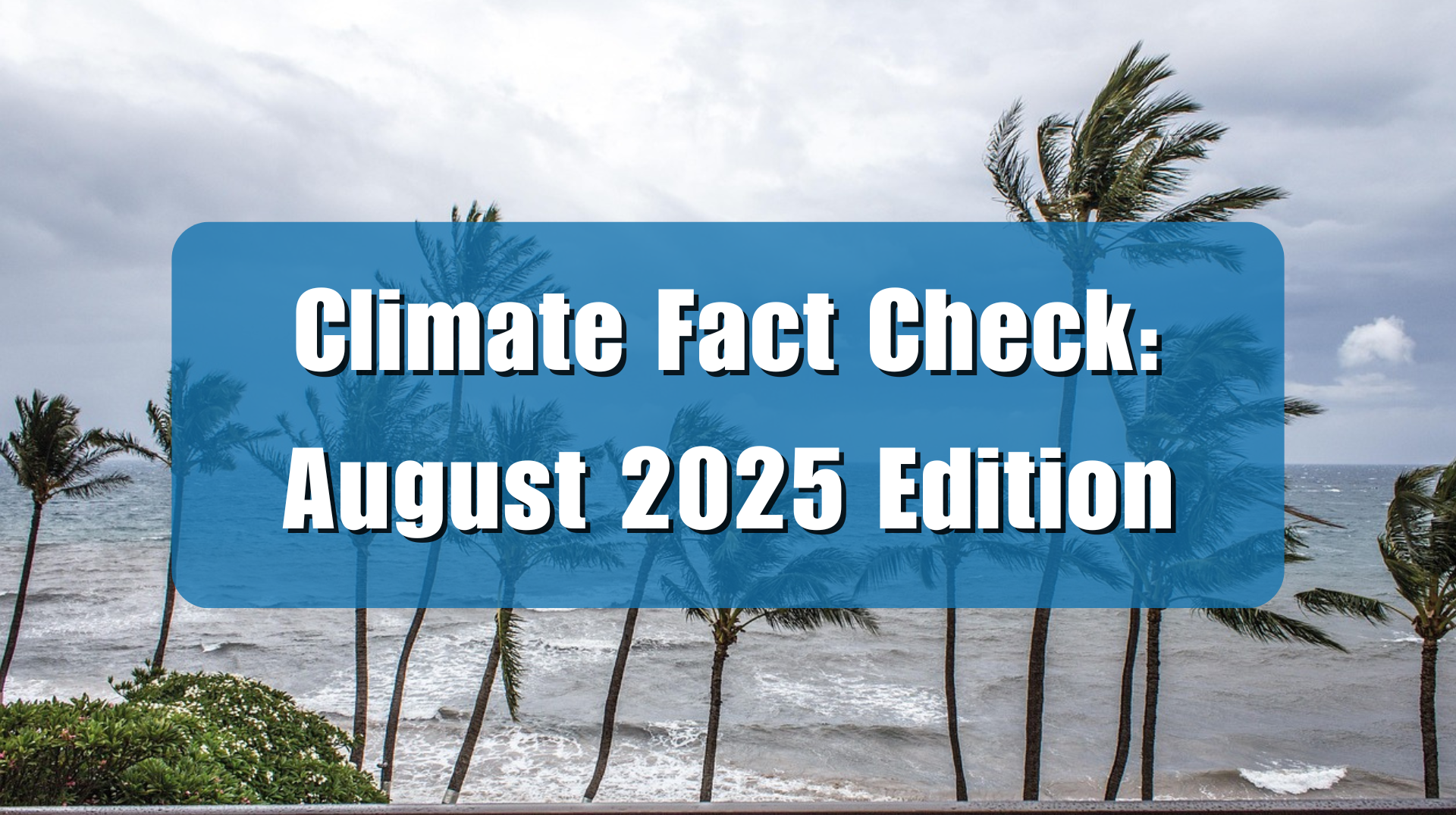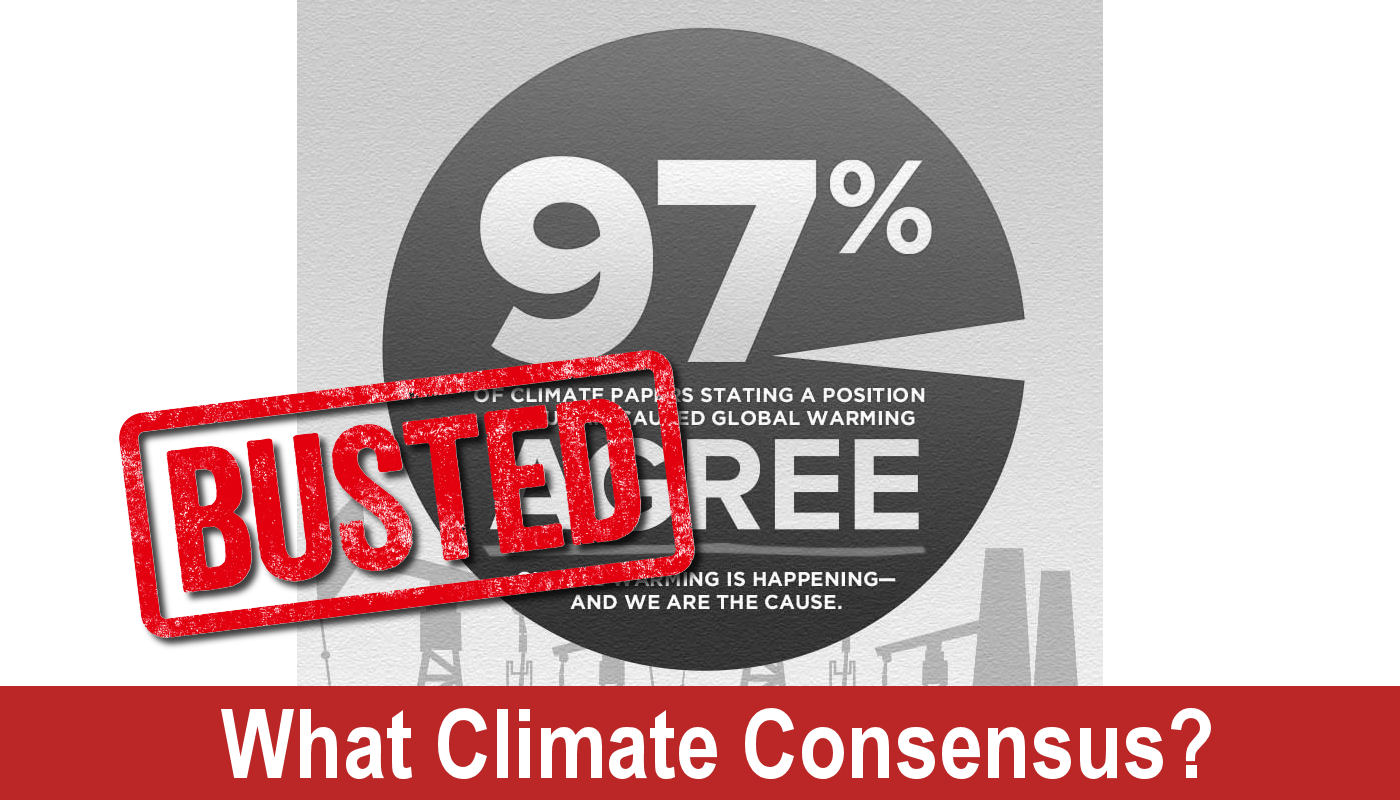The Guardian published an article, “World’s major cities hit by 25% leap in extremely hot days since the 1990s,” asserting that global warming has caused a sharp rise in the number of extremely hot days in cities worldwide, citing an International Institute for Environment and Development analysis that claims urban residents from London to Tokyo now experience 25 percent more hot days each year than they did in the 1990s. The claims are highly misleading if not outright false. While cities worldwide have in fact gotten warmer, carbon dioxide increases from the burning fossil fuels are not to blame, rather data strongly suggests that the significant rise in measured temperatures in and around major cities is Urban Heat Island (UHI) effect in response to population growth and development.
The article quotes scientists as saying, “Global heating caused by fossil fuel burning is making every heatwave more intense and more likely. Extreme heat is likely to have caused the early death of millions of people over the past three decades, with elderly and poor people in fast-growing cities most deeply affected.”
One telling moment comes in The Guardian article itself, where researchers concede that “failing to adapt will condemn millions of city dwellers to increasingly uncomfortable and even dangerous conditions because of the urban heat island effect.” Precisely. It is the UHI effect, not CO₂, that drives the city heat trends.
The Guardian’s narrative collapses under scrutiny, because it ignores the UHI effect. Cities are not thermometers for the planet. They are microclimates dominated by concrete, asphalt, and glass which trap heat and bias local temperature readings upward. Peer-reviewed research by John Christy, Ph.D. and Roy Spencer, Ph.D., published in the Journal of Applied Meteorology and Climatology shows that urbanization is a major driver of observed warming at city weather stations. Their research found that UHI contributed to 22 percent of the raw observed warming trend on average, and up to 65 percent at suburban and urban stations. When examining rural stations, the effect nearly vanishes. This demonstrates that much of the increase in urban temperatures is the UHI, not global climate change. This is vividly illustrated in Figures 1 and 2 below.

Figure 1: comparison of summer UHI effects for the United States in 1850 and 2023

Figure 2: comparison of summer UHI effects for Europe in 1850 and 2023
A second recent analysis from Spencer reinforces this point. He reviewed ~400 airport (WBAN) weather stations and over 2,000 cooperative observer sites across the U.S., finding that the hottest summer days have warmed by only about 1.2°F in the last 40 years. By contrast, the greatest warming has occurred in nighttime minimum temperatures, strongly linked to the growth of impervious surfaces such as roads and buildings. In other words, the data show that the warmest days—the very ones The Guardian insists are becoming intolerable—have barely changed at all. Spencer concludes that “contrary to what we have been told, there has been very little warming of the hottest summer days averaged across the U.S. in the last 40 years.”
This finding is critical. The Guardian claims that extreme heat is spiraling upward, but the observational record shows that the real shift is in overnight lows, driven by urbanization. The daytime extremes that matter most for heatwaves have barely budged. The paper’s entire thesis—that fossil fuels are making the world’s hottest days dramatically worse is undermined by empirical data.
The Guardian also ignores historical context. The United States endured far worse heat extremes during the 1930s Dust Bowl, when heatwaves set enduring records across the Plains. In Europe, the 1540 megadrought remains unmatched in severity. Today’s urban-centered warming is small in comparison, and largely a reflection of the spread of impervious infrastructure.
Even the health alarmism in The Guardian’s story is false. Research, like this Lancet study, uniformly confirms that cold weather kills more people than hot weather. As a result, as Climate at a Glance: Temperature Related Deaths shows the modest warming experienced over the past 150 years has on net reduced temperature-related mortality dramatically. The Guardian prefers to trumpet heat deaths – deaths which could be ameliorated with proper hydration, housing, and air-conditioning – while ignoring the larger, historically persistent, risk of death from cold and the decline in deaths from cold during this period of slight warming.
Urban warming is not a sign of a “global climate crisis,” despite The Guardian’s attempt to portray it as such. What people need is more accurate reporting about the causes of rising urban temperatures and for media outlets, like The Guardian, to highlight tangible, direct interventions to prevent both heat and cold related deaths.
Rather than fighting “climate change, cities need better design and reliable, affordable energy for cooling—not restrictions on hydrocarbon use, which won’t impact the outside temperature, but will make it harder to keep people warm and cool.























